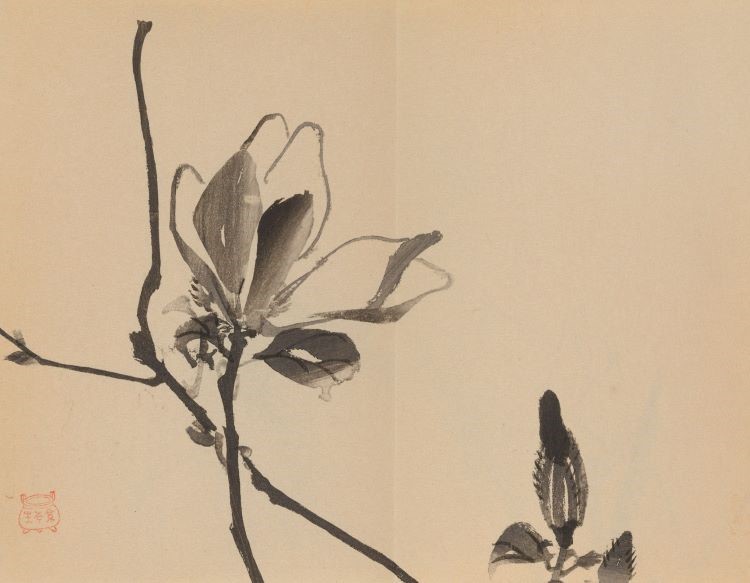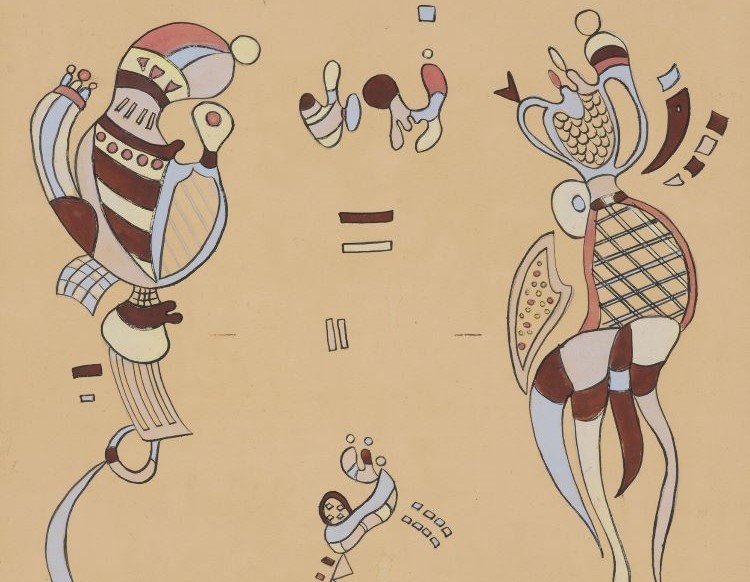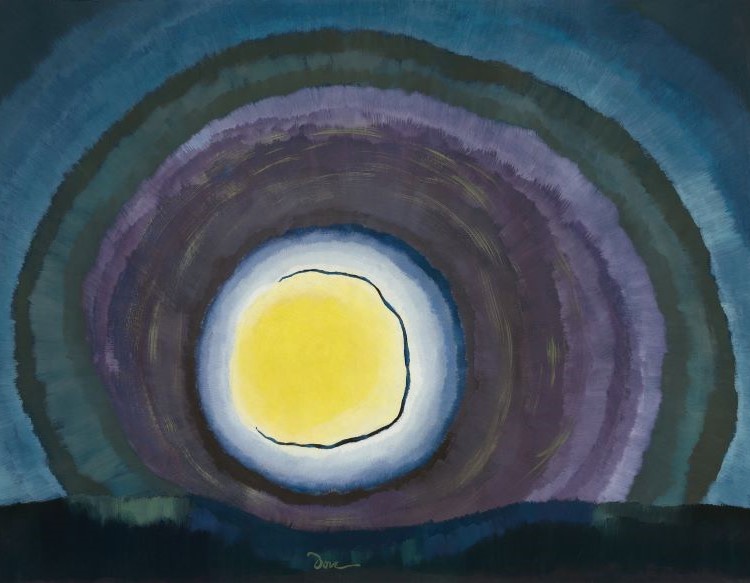by Maria Vaghi
The human spiritual quest sees mysticism and meditation as two fundamental aspects, found across cultures and religions worldwide. The exploration of the inner dimension and the possibility of transcending ordinary reality are shared goals in these practices, although they take different forms in their manifestation.
A part of Eastern mysticism is expressed through practices such as samādhi in Yoga: a state of perfect concentration, detailed by Patañjali in the Yoga-sūtra, which can be understood as the pinnacle of the meditative experience. The mind experiences such an intense level of concentration that any form of distraction disappears. The term itself, as extensively explained, can be translated in various ways, reflecting the complexity of the concept and the importance of meditation in achieving higher states of consciousness.
In the realm of Christian mysticism, we encounter descriptions by figures such as St. John of the Cross or St. Teresa of Avila of ecstatic experiences and union with the divine. Such states represent moments of profound transformation: the soul is immersed in the love of God in an all-encompassing dimension and experiences states of joy and peace so intense that they elude ordinary descriptions. Similar to yogic practices, these experiences also share the goal of transcending the self to achieve a state of spiritual realization, despite the significant differences that characterize them.
Returning to Eastern philosophies, Buddhism, with its meditative practices, offers a different approach to mysticism. Through Buddhist meditation, one develops a profound awareness and understanding of the true nature of reality, reaching deep states of concentration and insight. In the Mahayana tradition, the concept of śūnyatā (emptiness) emphasizes the understanding of the empty nature of all phenomena. This leads to pure awareness comparable to the states of samādhi in Yoga. Staying within the Buddhist sphere, Zen practice provides a direct and immediate path to mystical experience, integrating philosophical and practical aspects that resonate deeply with both Eastern and Western traditions.
In Zen, meditation and mysticism are seen as "practice and realization," which are one and the same, in a "mystical realist" vision. The answers to profound questions do not come from the rational mind, but from living the questions themselves. The meditative practice in Zen does not aim to produce enlightenment but to make us aware of it. Meditation and mystical experience are thus interconnected and inseparable, and the practice is a total experience of living the ordinary life in an enlightened way.
Despite cultural and philosophical differences, East and West share a common ground in mystical and meditative practices.
Transcending ordinary reality, exploring the inner dimension, and achieving a state of union either with the Absolute or with one's deeper self are indeed areas of exploration in both traditions. Ultimately, universally emerges the common goal of transforming the individual and opening them to new dimensions of experience.
Understanding these traditions, even in their diversity, reveals that there is perhaps a human aspiration towards the mystery of the transcendent. Meditation, which can culminate in elevated states of consciousness without necessarily requiring religious adherence, first and foremost invites a deeper self-discovery and an understanding of the world's reality. Hopefully, this can offer, beyond any specific purpose, profound personal insight and inner peace.
Joining us in this exploration will be the reflections of Rev. Carlo Tetsugen Serra, Ven. Sonam Wangchuk, Antonio Rigopoulos, Giovanni Filoramo and Claudio Colaiacomo.







